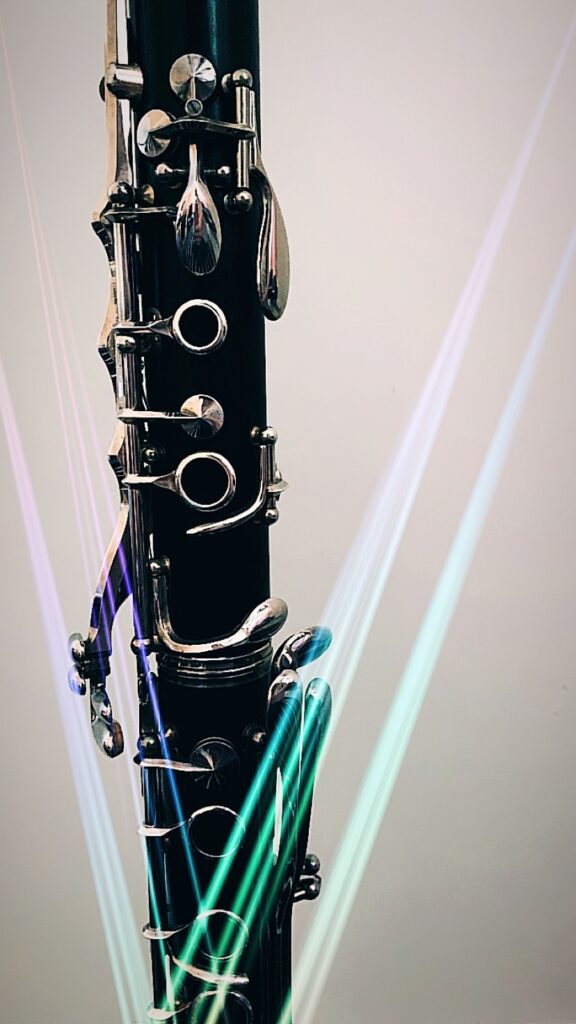Creating and performing the world’s first AI composition for clarinet and piano
I’ve become increasingly interested in the possibilities of artificial intelligence (AI) and the clarinet during the past few months. (ICYMI, you can read my previous blog posts here and here.)
AI has taken the world by storm, and it seems like more fields are exploring the growing possibilities and potential this technology has.
Don’t get me wrong – I still think machines will never replace the human thoughts, emotions, and intangible elements which combine to create music. However, when the Listasavn Føroya (National Gallery of the Faroe Islands) launched the first AI art exhibit last fall exploring what famous artists’ paintings would look like if they had visited the Faroe Islands, I was intrigued about the possibility of using AI to supplement our past.
I’ve always bemoaned the fact that some of my favorite composers never wrote solo compositions for the clarinet, so I decided to see if AI could help me recreate what these compositions would have sounded like. (Click here for the tl;dr summary, or if you want to decide for yourself, you can listen to my performance here.)
Here is the process I used:
I’m familiar with AI that uses text-based prompts, such as ChatGPT, but I spent some time researching AI which dealt with music. I couldn’t find any text to music AI (although I read about some programs which are currently being developed), so I settled on AIVA, which “composes emotional soundtrack music.”
AIVA does have a preset for clarinet and piano, although all the examples it generated also included several other backing tracks and added instruments such as drums. The clarinet lines were also not idiomatic and featured erratic interval leaps (to be fair, this is certainly possible on clarinet, but it didn’t match what I had in mind). I finally settled on compositions for solo piano, leaving me to adapt the melody line for clarinet myself.
On to my main mission – using AI to create a piece for clarinet and piano in the style of my all-time favorite composer – Tchaikovsky.
AIVA allows you to feed it influences, so I uploaded all of my favorite Tchaikovsky works – his 5th and 6th symphonies, violin concerto, and assorted scenes from Swan Lake.
Let’s just say that the results were…underwhelming…
After generating dozens of compositions supposedly inspired by Tchaikovsky, I chose the best of the not-so-great and set to adapting for clarinet and piano. Using MuseScore, I took the piano melody and assigned it to clarinet in A (which seemed like a very Tchaikovsky-inspired decision).
Once this was done, I rehearsed and recorded with my friend Dr. Mary Crowell. We had an interesting discussion about AI and the future of music, and we both agreed that this piece doesn’t hold a candle to Tchaikovsky’s music. It felt empty, hollow, and contrived, although we did spend time adding in our own dynamics, phrase markings, and adjusting the tempo to something more lively.
You can listen to the resulting recording of tchAIkovsky for clarinet and piano here.
Final thoughts?
This was certainly a more involved process than what I had originally imagined, and I’m curious to see what the future brings for text to music AI capabilities. After spending quite some time exploring existing AI programs, the resulting piece was lackluster and still has me wishing that Tchaikovsky (and others) had written for clarinet – but I guess the world will truly never know what these works would have sounded like. However, I have no doubt that AI will only continue to become more advanced, so who’s to say that future attempts can’t hit closer to the mark?
